Aims and objectives: Iranian Journal of Mathematical Chemistry is a bi-publication of Kashan University. A complete list of references should appear in numerical order at the end of the manuscript. Denote by n(S), p(S) and c(S) the number of vertices, the number of components and the number of cyclic components, respectively, of the Sachs S graph.
General theory of the cyclic dependence of the total π−electron energy 11 By solving the equation ϕ(G,λ) = 0, we obtain the eigenvalues of the graphs G, denoted by λ1 ≥ λ2 ≥ ··· ≥ λn. Within the tight-binding Hüuckel molecular orbital (HMO) approximation, the total energy of the π-electrons of the underlying conjugated molecule can be calculated as [9, 21]. The quasi-energy E(G,g) should be understood as a total π-electron energy-like quantity where the parameter gi controls the effect of the ith cycle contained in v .
Based on this simple observation, by means of the difference E(G,1) − E(G,g), and by a pertinent choice of the g-vector, it was possible to contain a variety of chemically relevant information in the HMO total π-electron energy. Analogously, the choice g = 0 in Eq. 3) means that we completely neglect the influence of all cycles on the value of the quasi-energy E(G,g). Cyranski, Energetic aspects of cyclic π-electron delocalization: Evaluation of the methods to estimate aromatic stabilization energies, Chem.
Gutman, Correcting a mistrust: Frank Harary's role in the discovery of the quotient theorem in chemical graph theory, J.
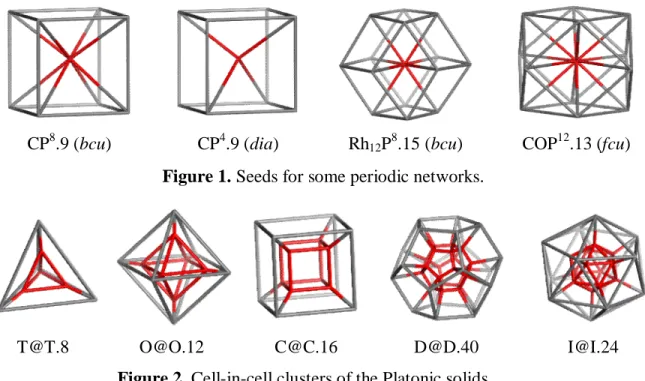
Given an arbitrary we have
The conjugate sequence does not depend on the order of the original sequence and is always a descending sequence, with ′ ≤ and ′ = 0 for >. Since the Laplacian eigenvalues of the entire graph are 0 and with multiplicity −1, it can be clearly seen that the equalities in (16) and (17) are achieved by For the full graph example, the reader can verify that the value of ( ) and the upper bound are equal to 2( − 1).
By combining the hypotheses of the last two statements, we get the following statement with an obvious proof. The behavior of the fractal-like kinetics equation was compared with some well-known rate equations such as Langmuir, pseudo-first-order and pseudo-second-order equations. The Langmuir equation is the simplest adsorption isotherm with good theoretical foundations that is considered a good approximation of the real adsorption systems.
Therefore, Langmuir's constant (KL) is equal to:. 8) The analytical solution of equation (6) led to a complex expression. It is clear from the results that the equilibrium adsorption is much close to the experimental data, suggesting the application of the Langmuir kinetic model. A comparison of the kinetic models and empirical kinetic data of Pb2+ ion adsorption on e-MWCNT was best described by equation (6).
The graph is usually denoted by ̅. The minimum length of a cycle in a graph Gi is called the range of G. The union + of graphs G and H is the union of graphs ∪ together with all edges connecting ( ) and. An edge crown ◊ is defined as a graph obtained by taking one copy of G and copies of , then joining the two endpoints of the ith edge to every point in the ith copy.
It should be noted that in two earlier works [3, 4] the so-called derived graph of the graph G was considered. To do this, we state the following lemma which follows immediately from the definition of the operation. On General Neighborhood Graphs II 41 In the following theorem we calculate the common neighborhood graph of the edge corona product of graphs.
By definition, an edge crown ◊ of a tree of order and is a graph obtained by taking one copy and −1 copies and then joining the two endpoints of the ith edge to each node in the ith copy of . The graph of the common neighborhood of the marginal corona product of the graphs and satisfies con(K2Sn)= Kn2.

A shadow graph ( ) of a connected graph is constructed by taking two copies say ′ and " and connecting each node ′ in ′ to the neighbors of the corresponding node ʺ in ". Furthermore, for each edge ( ), the common neighborhood graph of the Mycielski graph includes two edges and . Also according to the definition of the Myciel graph, since it has no isolated vertices, vertices are common neighborhoods of vertices and.
The vertex sq is in the common neighborhood of the vertices and , and in graph. In this paper, we obtain upper and lower bounds on the eccentricity connectivity index of unicyclic graphs with perfect matchings. We also give some lower bounds on the eccentric connectivity index of unicyclic graphs with given matching numbers.
In this paper, we present upper and lower bounds on the eccentric connectivity index for unicyclic graphs with perfect matchings. We also give lower bounds on the eccentric connectivity index for unicyclic graphs with given matching numbers. Let Pn3 denote the unicyclic graph obtained from C3 by identifying one of its vertices with a connected vertex on the path Pn2.
After all the above material, we are ready to present our results on the bounds for the eccentric connectivity index of unicyclic graphs. Let A4m denote the graph on n vertices obtained from C4 by attaching n2m1 pendant edges and m3 paths of length 2 together with one of the three vertices, and a pendant edge to another vertex of. Xu, Sharp lower bounds for the generalized Randić index of trees with a given size of matching, MATCH Commun.
In this paper, we compute the revised Szeged index for the join and corona product of graphs. In this paper, we compute the revised Szeged index for the join and corona product of graphs. In this section, we compute the revised Szeged index for the join and corona product of graphs.
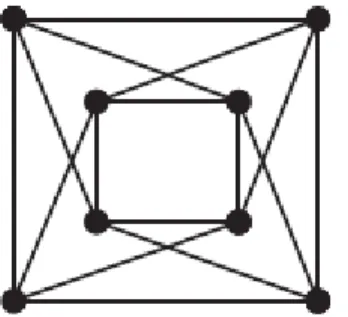
The following equalities are hold
The following equalities are hold
The largest class of hyperstructures is the one that satisfies weak axioms, i.e. the non-empty intersection replaces the equality. The electrons are not shown in the above redox reaction because they are neither reactants nor products, but simply transferred from one species to another (from Zn to Cu2+ in this case). A galvanic cell or voltaic cell is a device in which a redox reaction occurs spontaneously and produces an electric current.
For each half cell, the metal, called an electrode, is placed in the solution and connected to an external wire. The two half-cells are connected by a salt bridge that allows a "flow" of ions from one half-cell to the other to complete the circuit of electron flow in the external wires. Galvanic cell consists of two half cells, so that the electrode of one half cell is composed of metal A (with greater electronegativity) and the electrode of the other half cell is composed of metal B (with less electronegativity).
Having the element Cu with electronegativity greater than that of Zn, we get that + → + is an example of a redox reaction occurring in a galvanic cell. We consider the set H = {A, B, An+, Bm+} and define a hyperoperation ⊕ on H as follows: ⊕ is the result of a possible reaction between x and y in a galvanic cell. In the above table, if we change the names from A, B, An+, Bm+ to a, b, c, d respectively, then the following theorem holds.
Electrolytic cells consist of two half-cells, so that the electrode in one half-cell is composed of metal A (with greater electronegativity), and the electrode in the other half-cell is composed of metal B (with less electronegativity). We consider the set H= {A, B, An+, Bm+} and we define a hyperoperation ⊕ on H as follows: ⊕ is the result of a possible reaction between x and y in an electrolytic cell. Weak chemical hyperstructures linked to electrochemical cells 71 If in the above table we change the names from A, B, An+, Bm+ to respectively a, b, c, d, then the following sentence applies.
We consider the set H={A, B, An+, Bm+ } and we define a hyperoperation ⊕ on H as follows: ⊕ is the result of a possible reaction between x and y in either a galvanic cell or in an electrolytic cell. If x and y react neither in a galvanic cell nor in an electrolytic cell, then we put All possible spontaneous redox reactions of {A, B, An+, Bm+} in a galvanic/electrolytic cell are summarized in the following commutative table:.
We can define ( ,⊕) as follows
The most important tools that connect the class of hyperstructures with the classical algebraic structures are the fundamental relations. The fundamental relation plays an important role in the study of semi-hypergroups and especially of hypergroups. The ∗ is called the fundamental equivalence relation on H and it is the smallest strong regular relation on H.
This paper provided a new chemical hyperstructure on electrochemical cells that does not correspond to any of the investigated chemical hyperstructures before.
ABSTRACTS IN
PERSIAN
ﺐﻌﮑﻣﺮﺑاﻪﺑ طﻮﺑﺮﻣ
ﺪﻨﭼﺎﻫﺮﺑ
ﯾﺮﻈﻧﮥ
يژﺮﻧاﻞﮐ
نوﺮﺘﮑﻟا -π
يوﺎﺴﻣﺎﻧﺺﺧﺎﺷ ياﺮﺑ ﺮﺘﺸﯿﺑ يﺎﻫ
ﻪﻨﯿﺸﯿﺑ شور ﻪﺑ سﻼﭘﻻ يﺎﻫيزﺎﺳ
ﻌﻟﺎﻄﻣﮥ
ﺳﯿ
ﺤﻄﺳ بﺬﺟﯽ
ور ﺮﺑي
فاﺮﮔيﺎﻫ
1 Department of Mathematics Faculty of Science and Arts, University of Kahramanmaras, Sutcu Imam, 46000, Kahramanmaras, Turkey.
اﺮﮔ ﺰﮐﺮﻣ زا جرﺎﺧ لﺎﺼﺗا ﺺﺧﺎﺷف
ﮏﺗ يﺎﻫيرود
ﯾﺘﺷاددﺎ
ﺺﺧﺎﺷ درﻮﻣ ردﺮﮕﻧزﺎﺑ ﺪﮕﺳ
يهﺪﺷ
فاﺮﮔ
ﺮﺑا ﻒﯿﻌﺿ ﯽﯾﺎﯿﻤﯿﺷ يﺎﻫرﺎﺘﺧﺎﺳ
لﻮﻠﺳﯽﯾﺎﯿﻤﯿﺷوﺮﺘﮑﻟا يﺎﻫ

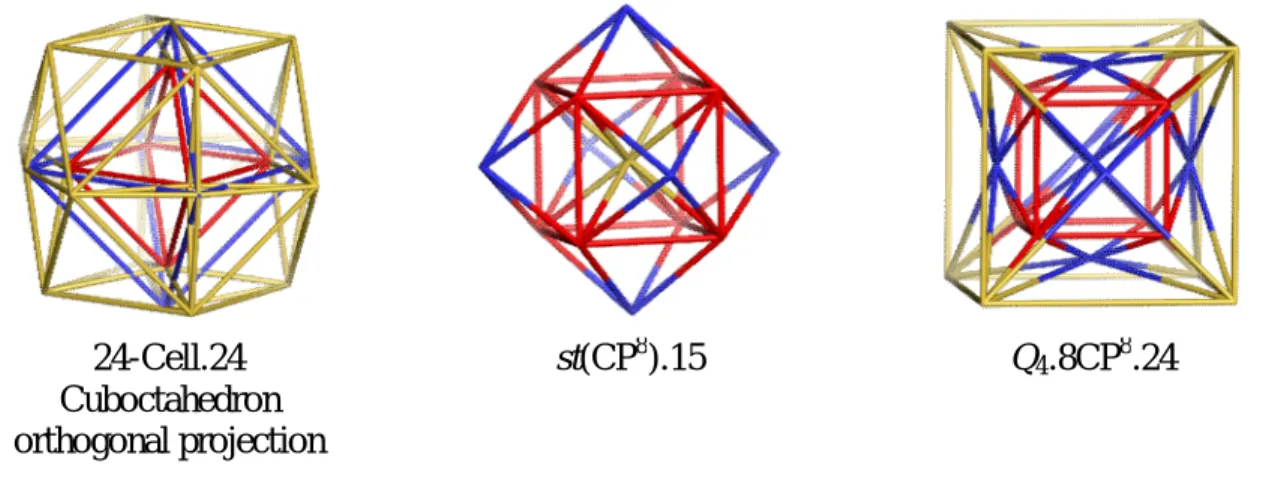

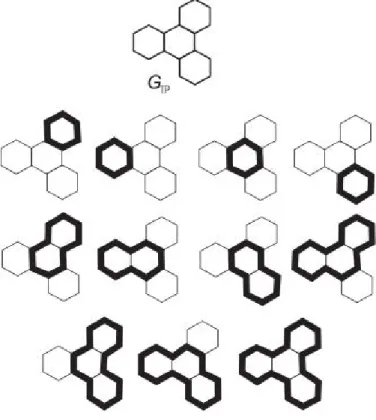
![Figure 1 . Kinetic data of Pb 2+ adsorption on d-MWCNT surface; empirical [15]](https://thumb-ap.123doks.com/thumbv2/azdoknet/6358850.48703/36.918.294.622.121.685/figure-kinetic-data-pb-adsorption-mwcnt-surface-empirical.webp)
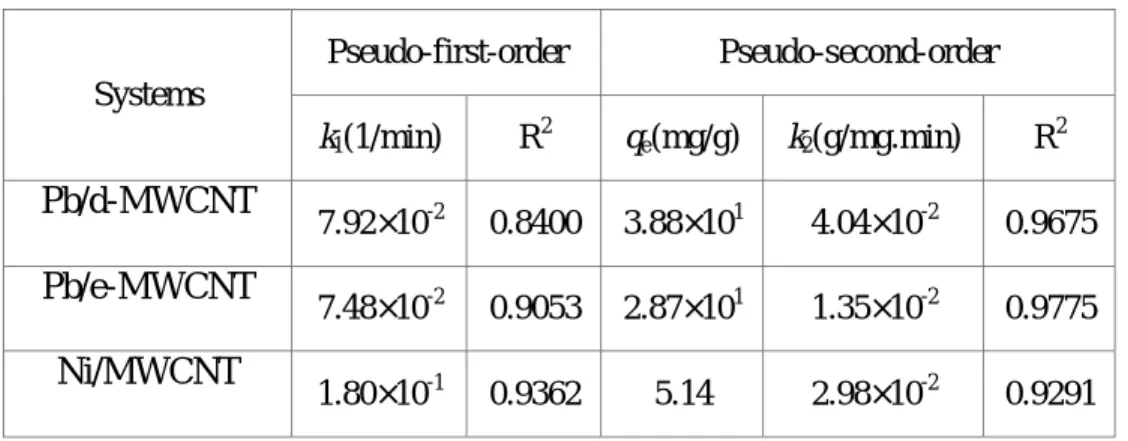
![Figure 2. Kinetic data of Pb 2+ adsorption on e-MWCNT surface; empirical [15]](https://thumb-ap.123doks.com/thumbv2/azdoknet/6358850.48703/38.918.280.636.220.863/figure-kinetic-data-pb-adsorption-mwcnt-surface-empirical.webp)
![Figure 3. Kinetic data of Ni(II) adsorption on MWCNT surface; empirical [16]](https://thumb-ap.123doks.com/thumbv2/azdoknet/6358850.48703/39.918.294.621.126.687/figure-kinetic-data-ni-adsorption-mwcnt-surface-empirical.webp)